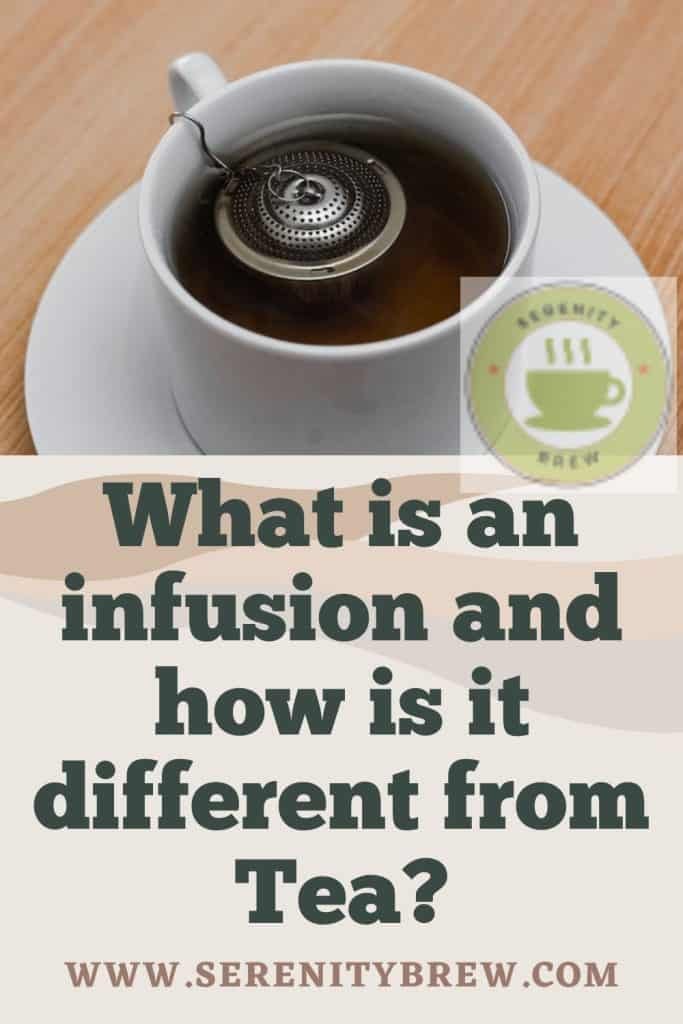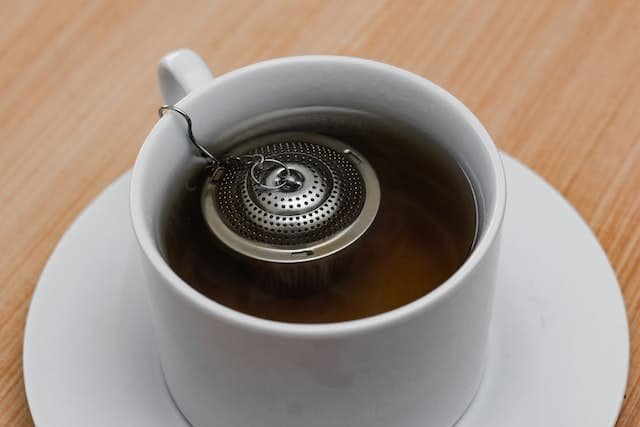
On many occasions we talk about tea and infusion as if they were the same, but the truth is that both drinks have important differences, both in their ingredients, properties and even in their preparation. Not everything we call tea really is.
Tea is considered as such because it is a drink that contains Theine, this is because it comes solely and exclusively from Camellia Sinensis, if it is not extracted from this plant, then it does not have Theine, therefore it is not tea.
On the other hand, the infusions do not necessarily have Theine, they are drinks that are obtained through leaves, flowers, herbs, plants, fruits or seeds that are left to rest in hot water without reaching the boiling point.
For example, chamomile, mint, lemon balm or linden, are herbs that do not contain theine and are not extracted from the Camellia Sinensis plant, therefore they are not teas, they are exclusively infusions. Black tea or green tea that has theine is just tea, however, these can be perfectly external ingredients to add to an infusion.
Then it can be said that:
- Tea is extracted exclusively from one type of plant
- An infusion can be made with a variety of herbs, plants, leaves, etc.
- Tea can be used as an ingredient for an infusion
- A cup of tea can be an infusion
- The infusions are not necessarily tea, but their use in the language as “chamomile tea” has already become widespread.
What ingredients can be used in an infusion?
Any plant substance can be used for medicinal purposes or for its flavor or aroma, which is tolerable by humans, including tea. This means that the infusions are of infinite varieties, they can be parts of flowers, fruits, nuts, seeds, aromatic or medicinal herbs, barks, even roots. The most popular are chamomile, mint, lemon balm, mate and also coffee, although it is not known as an infusion, it is.
Differences between tea and infusions
1- The infusions are prepared with very hot water, but without boiling. Tea is often waited for the water to boil, although in neither case is it recommended to reach the boiling point, it is always good to make tea or infusions with no more than 80 degrees of temperature, so that they do not lose their properties. .
2- In infusions you can use leaves, fruits, barks of certain plants, etc. What makes it a flexible and varied drink. On the other hand we have tea, which comes exclusively from plants that come from Camellia Sinensis. Its leaves are mixed with hot water and despite the fact that they are only the leaves of this plant, it can be prepared and treated in various ways and remains the most popular drink after water.
3- Tea, as it comes from Camellia Sinensis, contains Theine, all teas have it, while infusions do not contain Theine by default.
4- Another difference is in its preparation, a tea can be left in the water for only 5 minutes, if not, it turns bitter, on the other hand, infusions can leave their leaves, herbs, plants, barks or fruits for more than 7 minutes without any problem.
What are infusions used for?

As has always been known, herbal teas have multiple benefits and endless properties, depending on the ingredients or types of medicinal plants that are used or mixed, for the health of our bodies and also for our minds.
They are used as home remedies to cure or help prevent various complications. Each plant, herb, fruit or bark has certain properties, so essentially it becomes a healing drink for a particular ailment and if used correctly, it can help facilitate its cure.
Infusions can treat different types of pain, illnesses or conditions, as long as one is well informed about the herbs or medicinal plants that they are going to use, especially their contraindications.
